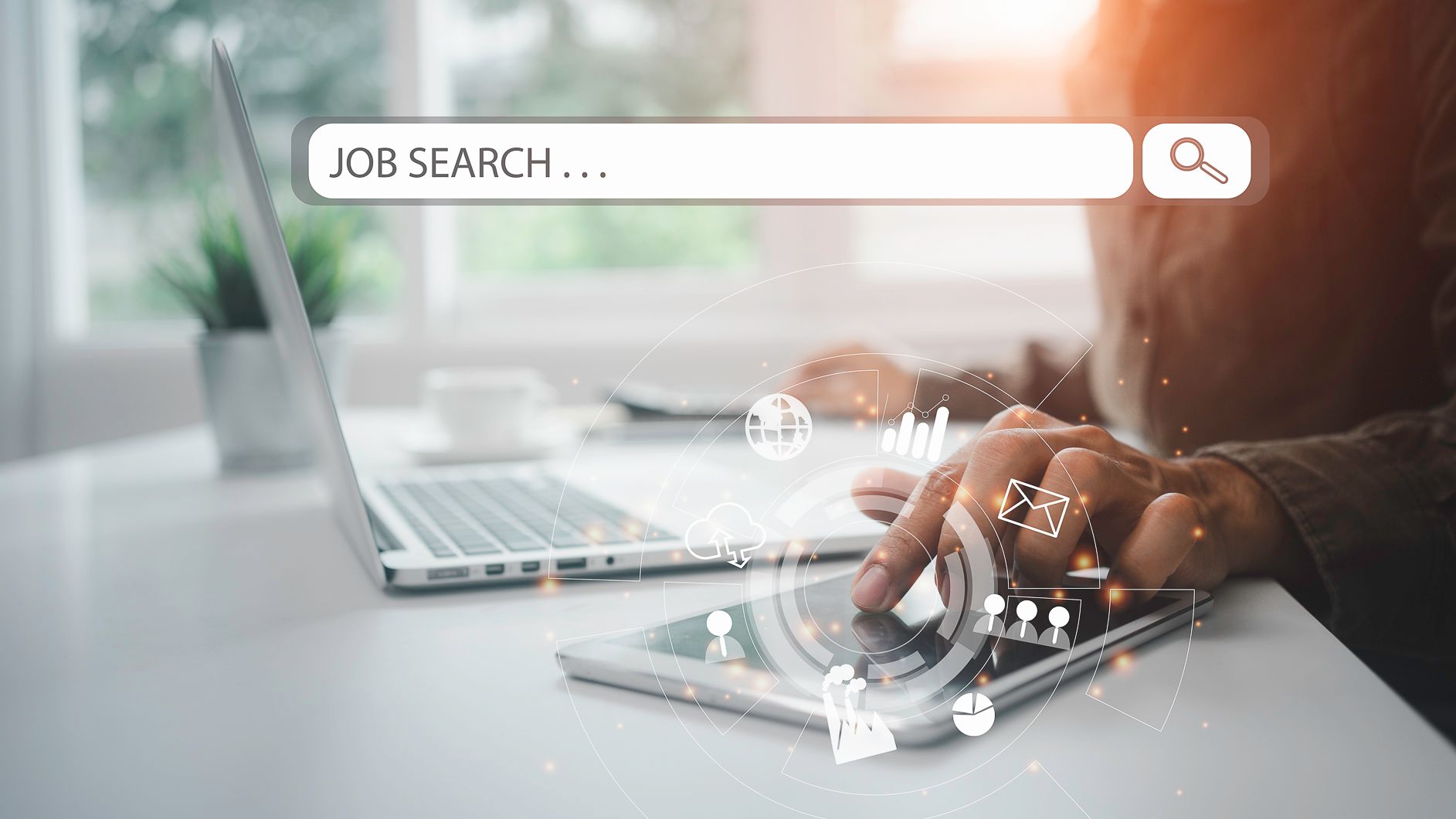Individuals, their families and businesses are all impacted by work-related injury and illness. Last year in Australia, Safe Work Australia preliminary data shows that around 180 people died while doing their job, while around 107,000 people made a workers’ compensation claim for serious injury or illness.
In light of National Safe Work Month, we spoke to Bayside Group’s Health Safety and Environment Manager, Cameron Cranstoun, about employers’ obligations regarding the continued safety of their WFH workforce, as well as those returning to the workplace. He provides practical safety advice employers should consider amidst the current backdrop of the pandemic.
How might an employer know if their workplace safety measures are enough to comply and keep their employees safe?
Unfortunately, often you won’t know that something’s unsafe until it’s too late and a workplace injury has occurred. In some instances, it’s things you might not have even considered would be unsafe.
That’s why a focus on prevention is so important. The stronger your safety systems and the greater the emphasis you place on safety training and education amongst your staff, the less likely you are to see injuries and claims occurring.
When it comes to work primarily conducted in an office environment (or currently, working on a computer from home) what are the major safety concerns or most common injuries employers should be aware of?
When it comes to work conducted in an office environment or behind a desk, people often don’t feel like there’s the potential for workplace injury, but there absolutely is! There are countless successful claims in these types of workplaces. The reality is that trips, falls, muscular stresses, falling objects, burns – they can happen in any work environment and businesses could be doing themselves a disservice by ignoring them.
That’s why Bayside Group’s recruitment consultants always conduct health and safety assessments of our clients’ work sites, even if it’s an office. You can’t implement safety measures for a hazard you don’t know is there, so actively looking for and identifying potential safety issues is so important.
What are employers’ obligations when it comes to protecting their workforce from COVID-19?
As an employer, you’re required to ensure the health and safety of your workers under the Work Health and Safety Act 2011 (WHS Act). This means that you need to be able to show that you have done everything that is reasonably practicable to create a safe working environment. At this stage, employers are responsible if someone contracts COVID-19 in their workplace, so it’s their obligation to keep people safe.
For employers beginning to welcome employees back to the workplace, what should their first major safety consideration be with regards to COVID-19?
Every business will need to operate under a COVIDSafe plan as per their state regulations. This plan needs to demonstrate; the measures your business is taking to prevent the introduction of coronavirus into your workplace, face mask and PPE requirements, how you will prepare for, and respond to, a suspected or confirmed case of COVID-19, and how you’ll meet all other requirements set by your state government.
It’s important to bear in mind that some industries or workplaces are subject to additional obligations and have further requirements of employers and employees, such as mandatory vaccination.
Some of the major things within the COVIDSafe plan employers will need to think about include;
- ensuring you have a QR code and employees are checking in to the workplace
- conducting temperature checks upon entering the workplace
- physical distancing is possible and adhered to
- providing Perspex panels for reception staff
- providing hand sanitiser
- conducting regular, thorough cleaning and disinfection
- putting up posters in meeting rooms with the capacity limits
What are some of the safety measures not directly related to coronavirus that employers will need to think about with the return of staff to the workplace?
With the enormous impact that coronavirus has had on everyone, employers may forget about the standard safety considerations that come with simply having employees in the workplace. These are often seen as “housekeeping”, but could cause big problems if neglected. The entire workplace will need to be “fired-up” after potentially being empty for the better part of 18 months.
Some safety measures to consider will be;
- the servicing of fire extinguishers and hoses (these require 6-monlthy checks)
- checking stock in first aid kits for old stock that needs to be replaced
- the servicing of kitchen or electrical equipment, such as the hot water urn, coffee machine, etc.
- are the alarm systems in working order
- are the batteries still working in safety equipment, such as the defibrillator
- checking power cords and that any new equipment has been correctly tagged
Employers may even consider holding re-inductions for returning staff, as well as ensuring that new hires undergo the relevant training and inductions.
It’s also expected that some employees will remain working from home. What are some of the safety implications and obligations employers need to consider with the continuation of remote work?
When it comes to a remote workforce, employers again need to be able to demonstrate they’ve done everything that is reasonably practicable to ensure the health and safety of their workforce. This means that assessments of employees’ at-home workplace should be scheduled regularly to ensure correct ergonomic set up of hardware and software.
With lockdowns and restrictions, the most employers could do to enforce this was to ask employees to complete and sign an assessment form, however when it is permitted as per your state government’s easing of restrictions, it can be beneficial to actually visit employees’ remote workplace to ensure the safety standards haven’t become compromised over time.
Unfortunately, even if you aren’t aware that an employee is performing their work in an unsafe workplace, this doesn’t take away your responsibility for their safety. In fact, there have been a few cases during this time that have seen claims be accepted even though the injury was sustained in the employee’s home.
At the end of the day, you should be able to verify what your employees are saying with regards to their working from home setup. Making sure they understand they’re also responsible for their own safety, and providing them with the correct training and information of safe work practices can be beneficial for staff working remotely long-term.
Nothing is more important to us than our Health, Safety and Environment practices. If you require assistance safely transitioning staff back to the workplace or understanding your obligations, you can find out more about our Workplace Safety Services here.



